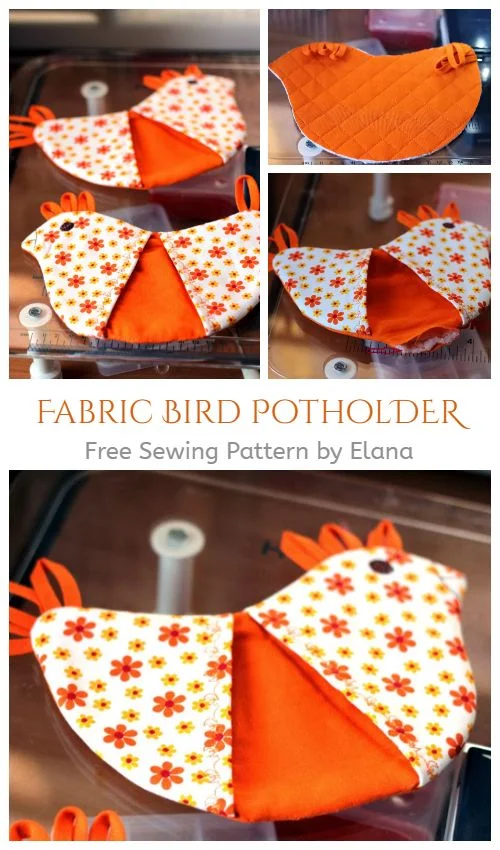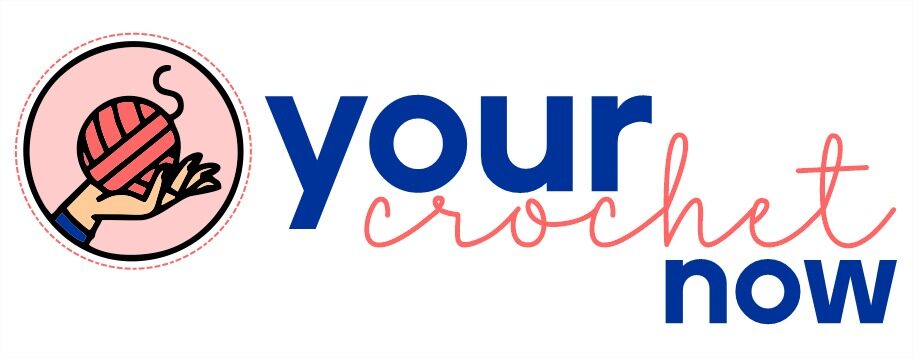Creating handmade potholders is a fantastic way to dive into the world of quilting. Not only are potholders practical kitchen tools, but they also make excellent gifts and creative expressions of your personal style. This tutorial will guide you through the complete process of making quilted potholders, from gathering materials to sewing your final stitch. Whether you’re new to sewing or already familiar with basic techniques, this is a project you can complete in just a few hours.
In this article, you’ll find a clear step-by-step guide, a full materials list, creative ideas for customization, and helpful quilting tips. We’ll also incorporate key quilting terms like quilt and quilt pattern to ensure you gain confidence as you build your sewing skills. So grab your fabric, thread your needle, and let’s start quilting!
Why Quilted Potholders Are Perfect for Beginners
Quilted potholders are small, simple projects that help beginners master essential techniques. You’ll learn how to layer fabrics, use batting, follow a quilt pattern, and bind the edges—skills that are easily transferable to larger quilts later on. Plus, working on a smaller scale means you can complete your quilted potholder in a single sitting.
Another great benefit is the freedom to experiment. You can try new quilt patterns without committing to a full-size quilt. If you love vibrant colors, patchwork designs, or minimalist styles, this project is a canvas for your creativity. It’s also a low-cost way to explore quilting without the need for expensive or large amounts of fabric.
Lastly, quilted potholders are incredibly useful. Every kitchen needs a few potholders to protect hands and countertops. Creating your own lets you customize the size, color, and fabric to match your kitchen or give as a thoughtful, handmade gift.
Materials You’ll Need
To make a single quilted potholder, you’ll need a few basic sewing and quilting supplies. Most of these can be found at craft stores or online. If you’re a quilter already, you likely have many of these items in your stash.
Materials list:
- Two 8″ x 8″ squares of cotton fabric (one for the front, one for the back)
- One 8″ x 8″ square of insulated batting (like Insul-Bright)
- One 8″ x 8″ square of cotton batting (optional, for extra thickness)
- Fabric scraps for patchwork (if using a pieced front)
- Bias tape or fabric strips for binding (approximately 36″)
- Thread to match or contrast your fabric
- Sewing pins or clips
- Scissors or rotary cutter
- Ruler or quilting square
- Sewing machine or needle for hand sewing
If you’re following a quilt pattern for the front design, prepare your fabric scraps ahead of time. Choose high-quality 100% cotton fabrics for best results, especially since potholders are exposed to heat.
Step-by-Step Instructions
Step 1: Prepare Your Quilt Top
If you’re using a quilt pattern for the top, now’s the time to piece it together. You can go for a classic nine-patch block, log cabin design, or improv-pieced squares. Make sure your finished quilt top measures approximately 8″ x 8″. This is your chance to get creative and experiment with quilt patterns on a small scale.
If you’re keeping it simple, just use a single 8″ x 8″ fabric square. Iron your pieces to ensure a flat and even surface. Remember, a well-pressed top will give your potholder a clean, professional finish.
Step 2: Make the Quilt Sandwich
Layer your pieces in the following order: back fabric (wrong side up), batting (cotton and insulated), and your quilt top (right side up). Use sewing pins or clips to hold the layers in place. This stack is called a quilt sandwich, and it’s the foundation of any quilted project, including potholders.
Make sure all layers are aligned evenly. If you notice that one layer is slightly larger than the others, trim it down so all pieces match. This helps prevent bunching and uneven stitching.
Step 3: Quilt the Layers Together
Now you’ll quilt the layers together using your sewing machine or hand stitching. You can quilt in straight lines, diagonals, or use free-motion designs if you’re comfortable. A simple grid is perfect for beginners and adds a classic touch to your potholder.
Start in the center and work outward to avoid puckering. Quilt lines about 1″ apart look great and provide enough stability. This step helps hold all layers together and gives your potholder its classic quilted texture.
Binding the Edges
Step 4: Trim and Square the Quilt Sandwich
Once your quilting is complete, trim any excess batting or uneven edges. Use a quilting ruler to ensure your potholder is square and all corners are clean. The final piece should be around 7.5″ x 7.5″, depending on seam allowances and binding width.
Clean edges make binding easier and give the finished product a polished look. Don’t skip this step—precision here really elevates the final outcome.
Step 5: Prepare and Attach the Binding
Use store-bought bias tape or make your own fabric binding. Fold the binding over the edge of the potholder, encasing all layers, and clip it in place. Begin sewing it down, starting at one side and mitering the corners for a neat finish.
Use a straight stitch to secure the binding. If you prefer a more decorative finish, you can topstitch around the edge or use decorative stitches. You can also add a loop in the corner for hanging—just fold a small strip of fabric and tuck it into one corner before finishing the binding.
Step 6: Final Touches
Give your potholder a final press with the iron and inspect your stitches. Trim any loose threads and admire your work! If you’re making multiple potholders, try using different quilt patterns or fabric combinations for each one.
Your quilted potholder is now ready to use or gift! The finished product should be thick, durable, and heat-resistant—perfect for everyday use in the kitchen.

Ideas for Personalization
One of the best parts of this project is how easy it is to personalize. Start by playing with color combinations—use seasonal fabrics for holiday potholders, or match your kitchen’s décor for everyday versions. You can even repurpose scraps from other quilt projects.
Try using a mini quilt pattern from a full-size quilt design. For example, adapt a star block or a flying geese motif. These patterns look stunning on a smaller scale and give you great practice before tackling a large quilt.
You can also embroider names, initials, or quotes on your potholders to make them special. If you’re giving them as gifts, consider adding a coordinating kitchen towel or apron for a thoughtful, handmade set.
Quilting Tips for Success
When working on small quilted projects like potholders, accuracy matters. Use a rotary cutter and quilting ruler for precise cuts, and always press your seams as you go. This creates a smooth surface for quilting and reduces bulk at the seams.
Choose thread colors that complement your design. A matching thread blends in, while a contrasting thread can make your quilt pattern pop. Practice on fabric scraps if you’re new to quilting—this helps you get comfortable with your machine’s tension and stitch settings.
Lastly, always prioritize safety when making potholders. Make sure your batting is heat-resistant, and never use synthetic fabrics that might melt. Stick to cotton and insulated materials for the best protection.
Share Your Handmade Quilt Project!
We hope this tutorial has inspired you to try your hand at quilted potholders! These charming little items are fun to make, functional, and a great way to learn the basics of quilting. Whether you’re creating a set for yourself or giving them as gifts, each one is a small piece of handmade art.
Once you’ve completed your potholder, don’t forget to share your work online or with your quilting group. You can inspire others to try this quilt pattern and start their own quilting journey. Post your photos on social media, tag fellow quilters, or even write your own blog post to document your project.
Happy quilting—and remember, every quilt begins with a single stitch.
